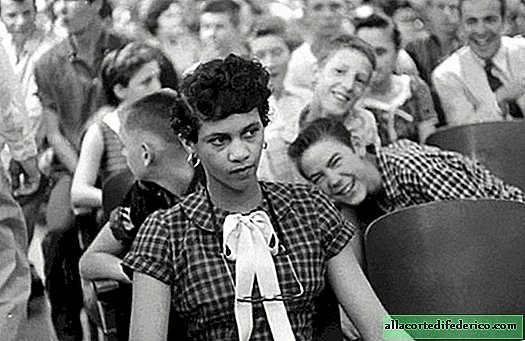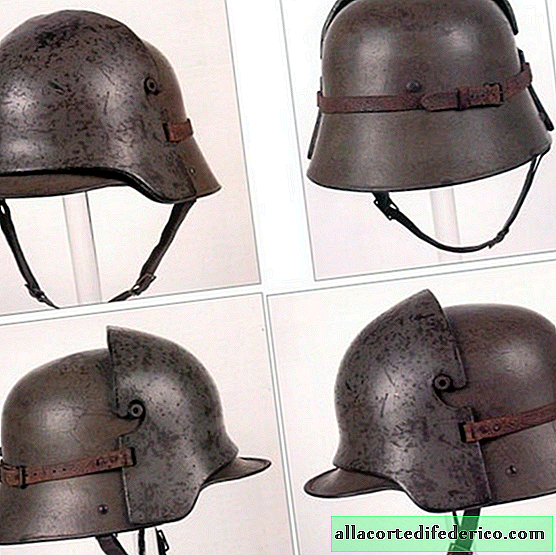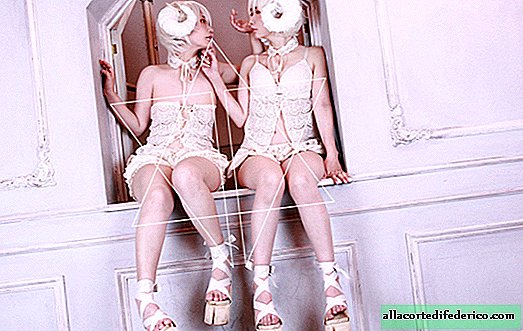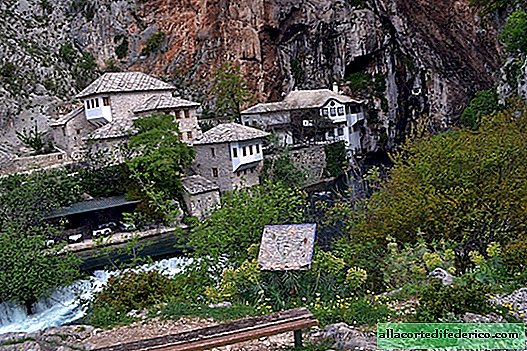Thaba-Erdy - the oldest Christian church in Russia
Thaba-Erdy is an ancient Christian temple in the Dzheyrakh district of Ingushetia. There is no consensus among scientists regarding the meaning of the name of the monument. Some scholars translate the name from Ingushetian as “our faith,” others are inclined to mean the name “two thousand saints,” the third group of scientists puts forward the version that Thaba-Erdy is distorted from Tom-Erda, that is, “the temple of St. Thomas.” Until the deportation of the Ingush to the Soviet 1940s, the temple remained the cultural and spiritual center of the mountainous Ingushetia. The Vainakh council (court) was convened in Thaba-Erdy, at which the elders established the tenure of land, agreed on standards of conduct, trade issues, and penalties for criminals. In addition, nationwide gatherings were convened in the temple and centralized preparations for military campaigns were conducted. During the Second Chechen War, he was at the center of military maneuvers. The military of the 58th army established a latrine in the oldest church of the Russian Federation, and Russian helicopter aircraft struck the temple, as a result of which the roof was destroyed.
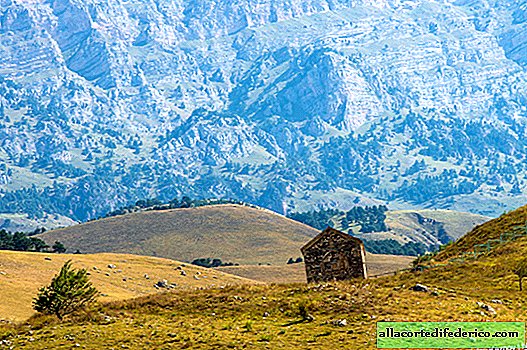
The architecture of the temple is a synthesis of features of Georgian and Ingush architecture. The oldest construction period is believed to date back to the 8th century.

On the western facade of the temple there is a so-called clerical composition. Despite significant losses, it can be dated to the X-XII centuries. At its center is Christ; on the right, apparently, is the image of the ctitor. Ktitor - a person who has allocated funds for the construction or repair of an Orthodox church or monastery. Scientists note that the figure of Christ seated on the throne, in violation of the accepted iconographic subordination, is significantly lower than the bishop and secular person who is coming to him. Because of this, some researchers conclude that, most likely, the mutual arrangement of the figures of the Savior and the temple worshipers was originally completely different. Better than others, a figure was preserved, holding a cross in the left hand, and the hilt of the sword in the right hand.

Engraved images in stone are also present on individual elements.

We could not get inside, because we could not find the house keeper of the temple, which has the key. Photographed outside through the bars.

My favorite masonry ornaments.

Will definitely be back and visit inside. Very atmospheric place! Well, we went further ...



